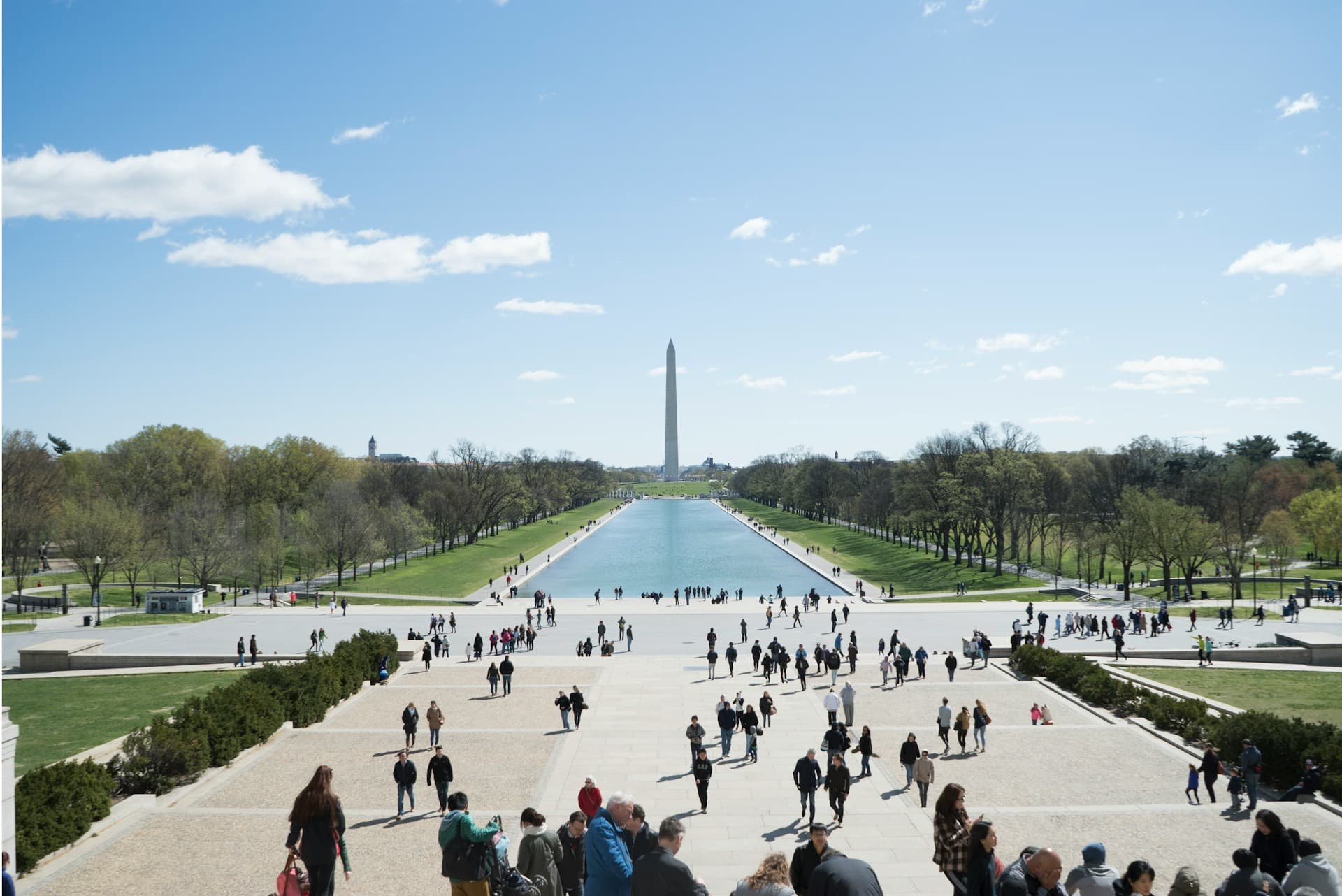Lack of Presidential Leadership Leads to Ineffective Governance

Since 1981, the first year of Ronald Reagan’s presidency, there have been 17 congressional sessions. Except for the first six years of Bush II and first two years of President Obama, presidents have been faced with a split Congress or a Congress completely controlled by the opposing party. In spite of this, all were able to either advance their policies or agree to policies put forth by the opposition that both the president and members of Congress believed were best for the country -- all except President Obama and the 112th and 113th Congress.
The House and Senate consider legislation either by bill or joint resolution. Joint resolutions, for the most part, are less contentious and usually deal with naming buildings, approving commemorative coins, or naming a day in honor of some event. Many times, they are passed on voice vote. Bills are usually passed by roll call vote, but roll calls are also used for quorum calls and other administrative actions. So how can one really get a handle on how well Congress is doing and how the president’s leadership impacts the legislative process?
The best indicator I believe is the number of bills signed by the president into public law. Remember, going back to 1981, there have been very few instances where Congress and the White House were controlled by the same party.
Ronald Reagan (97th – 100th Congress) 1607 bills signed; Average 402 per session
George H.W. Bush (101st – 102nd Congress) 835 bills signed; Average 418 per session
Bill Clinton (103rd – 106th Congress) 1566 bills signed; Average 392 per session
George W. Bush (107th – 110th Congress) 1720 bills signed; Average 430 per session *
Total 5728 bills signed; Average 409 bills per session
*6 years Republican control of Congress and White House
Barack Obama (111th – 114th Congress) has signed 710 bills, an average of 284 per session or 31% less than the average of the four presidents who preceded him. This in spite of the fact that during the 111th Congress, the Democrats controlled both chambers of Congress, briefly with a veto-proof majority.
The reason for this difference, at least to me, is clear: LEADERSHIP.It takes more than a good speech or a rare one or two hour conversation over lunch or dinner. It’s fine to delegate but in doing so, there has to be a willingness to follow-up and if necessary, roll up your sleeves and get directly involved. Above all, threats of unilateral action -- a “my way or the highway” approach -- will never work.
This president appears not to comprehend this. His style seems to be hands-off; his directive is all that is needed. Meetings with advisories seem at a minimum. And, his threat of using executive orders within the first couple of minutes of this year’s State of the Union address only reinforces the perception of poor leadership. The numbers I listed above validate this perception.
Photo Credit: Official White House Photo



